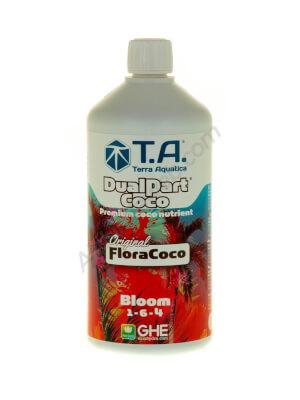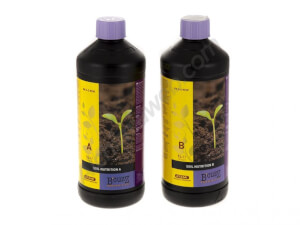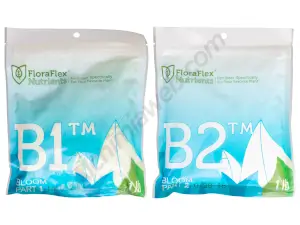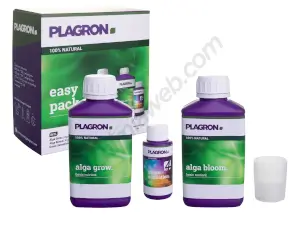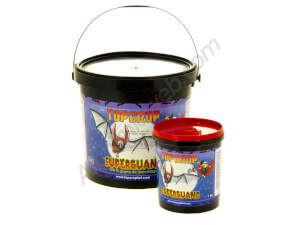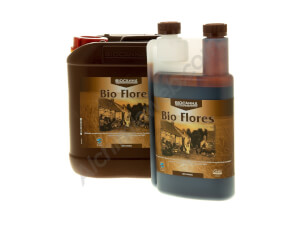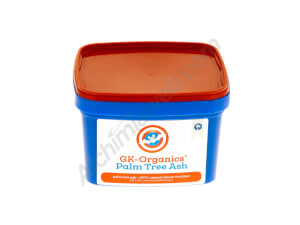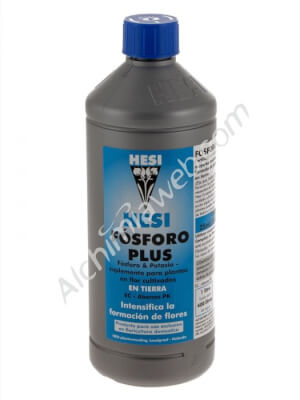Flowering fertilisers provide the essential food to plants during the second stage of their life cycle, as their nutritional needs increase while flowering. In this second phase of life, they require large amounts of phosphorus and potassium to help plants create large and compact buds covered in trichomes and provide high quality organoleptic properties with excellent aromas and flavours.
At Alchimia we have an ample range of fertilisers for flowering, from different brands and with different NPK ratios, together with micronutrients, which are well balanced for ease of use and to encourage vigorous flowering of cannabis plants.
Flowering nutrients to dilute in water or mix with soil
We can choose between liquid fertilisers and solid fertilisers to feed our plants. Liquid nutrients must be diluted in water prior to use and then applied via irrigation. This makes it easy to increase or decrease fertiliser concentration according to the plants' demand for food in each moment.
Powdered or granulated nutrients are ideal for mixing with the substrate at the start of cultivation or when transplanting, after which you only need to think about providing the correct amount of water for proper development of the flowers. Solid nutrients are suitable for both beginners and the most expert cannabis cultivators because of the terpene content of the flowers.
Organic or mineral flowering fertilisers
In addition to differentiating between liquid and solid fertilisers, we can also choose between organic and mineral fertilisers. Organic flowering nutrients come from natural sources, either vegetable or animal, and take more time to be assimilated by the roots of plants compared to mineral fertilisers which offer more rapid uptake.
Basic differences between organic and mineral flowering fertilisers
As with growth nutrients, the assimilation rate of mineral fertilisers is higher than with organic products. Mineral fertilisers can have a higher nutrient concentration than organic fertilisers, which rarely exceed 9%. Mineral fertilisers can also be easily used in drip irrigation systems, which is not entirely practical with organic fertilisers as many of them can clog up the drippers and lines.
If you wish to reuse your substrate, either indoors or outdoors, it's better to use organic fertilisers, this is because the use of minerals means the substrate will end up being highly saturated with salts and will need to be flushed with large amounts of water before being able to use it again. Otherwise, dispose of the used substrateand use a new, high quality one.
Other elements to complement flowering fertilisers
Flowering nutrients can be complemented with enhancers, boosters, stimulators, beneficial microbesand other additives for cannabis cultivation thus offering a complete diet to ensure the best results at harvest time.



























































